DISCOVER THE CAMPANIA REGION
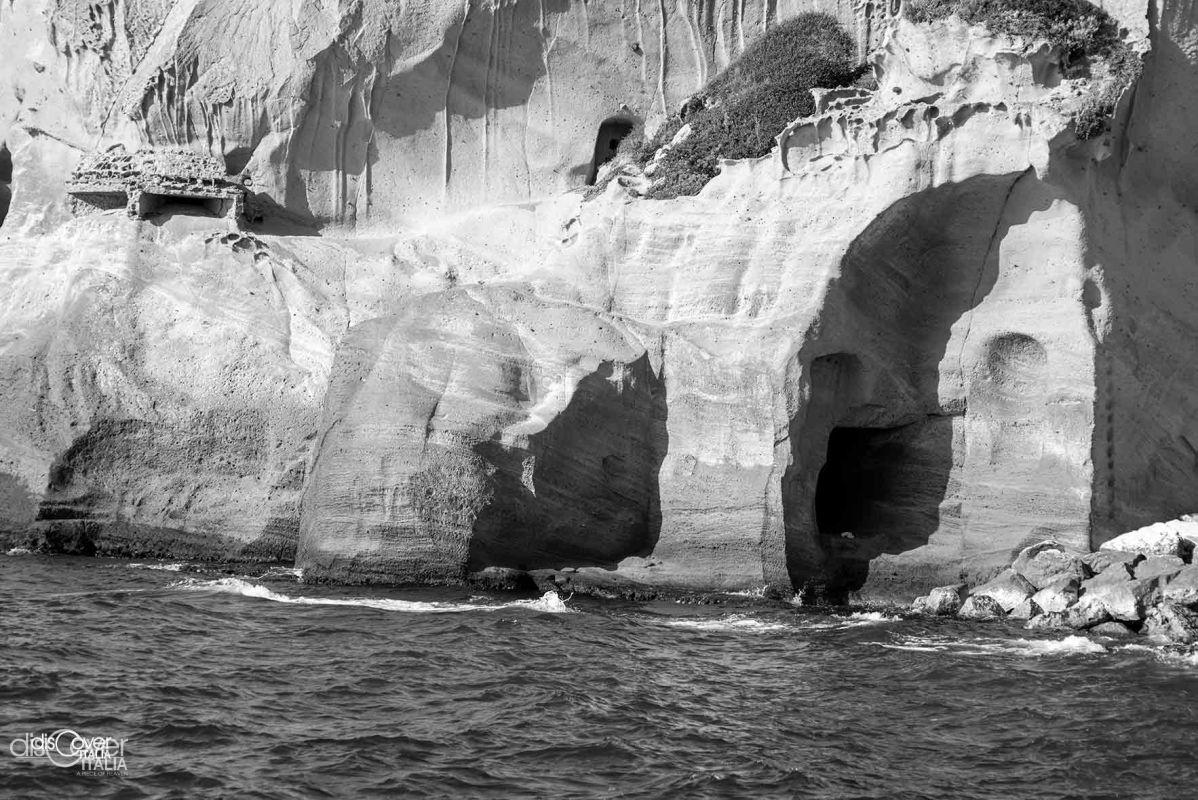
Il potente proprietario della villa fortificata sul promontorio che delimita la spiaggia di Cuma, Publio Servilio Vatia, nacque a Roma nel 120 a.C. ed era nipote di Quinto Cecilio Metello Macedonico, altro personaggio di spicco della Roma repubblicana. A soli vent’anni, Publio partecipò all’azione militare del Senato contro Lucio Appuleio Saturnino, alleato di Mario.
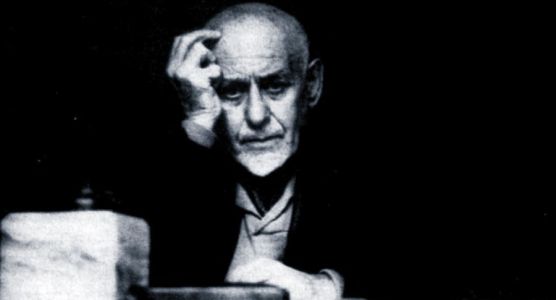
Figlio di Ignazio, portò avanti l’opera del padre, mettendo le sue competenze tecniche al servizio dell’isola. Nato a Capri il 28 giugno 1875, Edwin Cerio, come tutti gli isolani interessati a proseguire gli studi, dové lasciare presto l’isola, per frequentare il Nautico e poi per laurearsi in ingegneria meccanica e navale a Genova.

(l’amaro) è lo pseudonimo di Aleksej Maksimovič Peškov, che nacque a Niznij Novgorod il 28 marzo 1868. Rimasto orfano da piccolo, fu cresciuto dalla nonna alla cui morte, appena diciannovenne, tentò il suicidio, per poi mettersi in viaggio a piedi per cinque anni, raggiungendo ogni angolo della Russia e facendo i più diversi lavori per mantenersi.
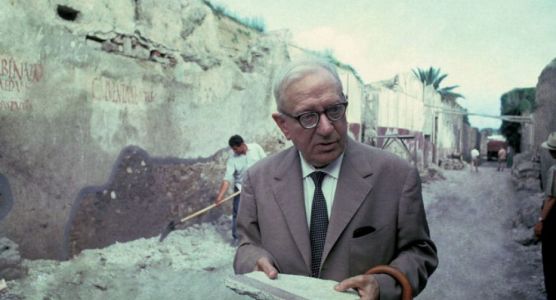
Uno dei grandi protagonisti dell’archeologia del Novecento, che diede un impulso decisivo alla conoscenza della storia antica della Campania. Amedeo Maiuri era nato a Veroli il 7 gennaio 1886 e, dopo gli studi classici, si era laureato in Lettere, per poi trasferirsi a Napoli come ispettore presso il Museo Archeologico Nazionale.
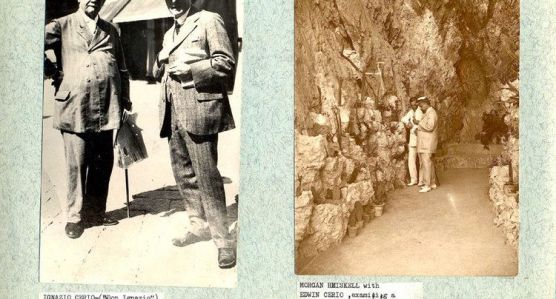
Un caprese d’adozione che dedicò la vita all’isola amatissima, scoprendone i “segreti” più affascinanti. Abruzzese di Teramo, dove era nato il 28 febbraio 1840, Ignazio Cerio studiò medicina, laureandosi ad appena vent’anni, avviato dal padre alla carriera militare.
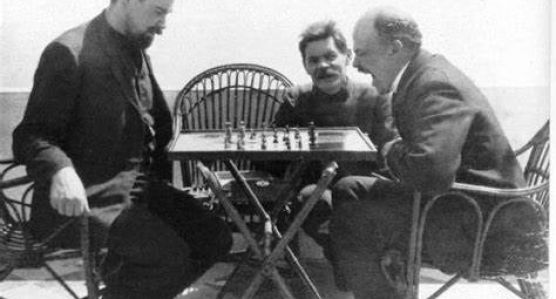
Una partita a scacchi memorabile. A giocarla era stato Vladimir Ulic Ulianov detto Lenin (22 april 1870 – 21 gennaio 1924) con Bogdanov a Capri, dove il padre della Rivoluzione russa era approdato per la prima volta il 23 aprile del 1908, ospite dell’amico Maxim Gorkij, che da tempo lo aveva invitato.
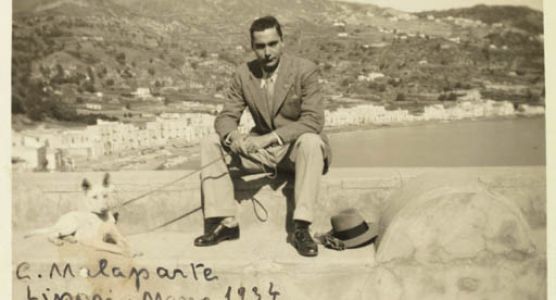
Cinquantanove anni vissuti sempre a mille, scelte di campo senza sfumature, personalità controversa, Curt Erich Suckert, noto con lo pseudonimo di Curzio Malaparte, madre italiana e padre tedesco, era nato a Prato il 9 giugno 1898. Studi classici, a soli sedici anni all’inizio della Prima Guerra Mondiale si era arruolato volontario nella Legione straniera per poi passare sottotenente nell’esercito italiano, guadagnandosi la medaglia di
...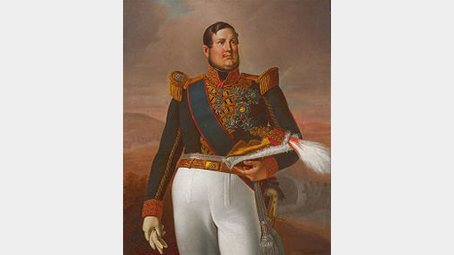
Son of Francis I. He was born in Palermo on the 12th of January 1810 when de Bourbon court was in Sicily because of the French occupation in Naples. He ascended the throne of the Two Sicilies at the age of twenty, on the 8th of November 1830. In 1832, he married Maria Cristina of Savoya, who died of puerperal fever after having given birth to the long-awaited successor Francis.

The Patron saint of the island of Ischia and joint Patron saint of Naples. He was born with the name of Carlo Gaetano Calorsito in the hamlet of Ischia Ponte on 15th of August 1654. He was the son of a noble family living on the Castle. He pursued classical studies with the Augustinians.

The first Aragonese sovereign of Naples, Alfonso of Trastamara also known as the Magnanimous. He was born in Medina del Campo the 24th of February 1396. He took the throne of Aragon when his father Ferdinand died in 1416, while his brothers took care of consolidating the control of the dynasty in Castile, Alfonso asked to be financed from the Cortes for the expedition of the conquest of Sardinia and for an unsuccessful attempt to occupy Corsica.
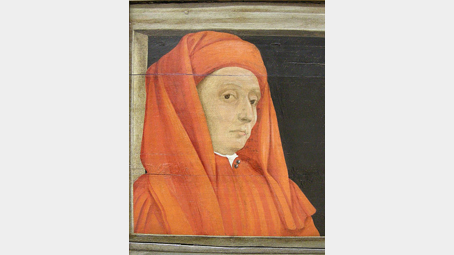
Extraordinary artistic talent, Giotto of Bondone was born in Vicchio, in Mugello, maybe in 1267. The information regarding his first years are meagre and it is not historically proved that he has been a pupil of the great Cimabue. The first work attributed to him is from 1290: a Virgin for the church of Borgo San Lorenzo of which there is only a fragment remaining.

Il marchese di Pescara Francesco Ferrante, figlio di Alfonso II d’Avalos, nacque a Napoli nel 1490. Rimasto orfano giovanissimo, fu amorevolmente cresciuto sull’isola dalla zia Costanza, governatrice della Città d’Ischia, tra i protagonisti della storia del Regno di Napoli in quell’epoca di grandi contrasti tra Spagnoli e Francesi per il controllo dell’Italia meridionale.

One of the greatest Italian poets of the XVI century, a leading figure of the Renaissance, friend and confident of Michelangelo Buonarroti, Vittoria Colonna was born in Marino in April 1490 (or maybe 1492). Daughter of the mercenary captain Fabrizio Colonna allied of the Aragonese of Naples and of Agnesi of Montefeltro, lords of Urbino.

He had a deep knowledge of Semitic and oriental languages and was a religious historian. He was born in Brittany, at Tréguier, on 28th of February 1823. Orphan since his youngest age, he entered the seminary when he was fifteen. He left it seven years later in order pursue his studied, which led him to Italy for his degree about Averroism (school of philosophy based on the works of the philosopher Averroes).

The great Norwegian playwright Henrik Ibsen was born in Skien on 20th of March 1828, second-born of a wealthy. However, the economic fortune of the family suffered a hard blow when Henrik was still a child and the Ibsen family had to move to a farm.
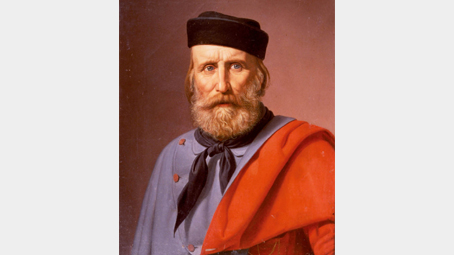
The Hero of the Two Worlds was born in Nice, already French, from an Italian family on 4th of July 1807. Boarded as a ship’s boy, over the years he was able to command his ship and in 1833, he enrolled in the “Young Italy” of Giuseppe Mazzini. In 1834, he participated in a first revolt in Savoy, which failed. He then had to escape while he was already sentenced to death.

To him we owe the historical evidence of Pithekousai, of its pre-existence in Cumae and, therefore, of its role as a cradle of Magna Graecia. The archaeologist Georg Buchner was born in Monaco of Bavaria on 8th of August 1914, son of the famous zoologist Paul and a Venetian painter, who started to regularly frequent Ischia, living on a small of hill of Saint Alexander on 1927.

A keen naturalist and great narrator, Jörgen Vilhelm Bergsöe was born in Copenhagen on 8th of February 1835. He got a degree in zoology and a strong scientific preparation.
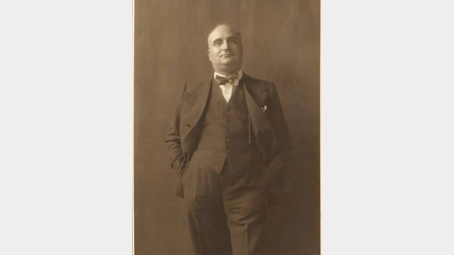
The main creator of the touristic development of the island of Ischia during the post-war. Angelo Rizzoli was born in Milan on 31st of October 1889, already orphan of his father who was a very poor and an alphabet cobbler. For this reason, he grew up in an orphanage, raised between the martinitt, where he learnt the profession of typographer.

He studied to be a priest. He was an archaeologist first by chance and then by passion, don Pietro Monti as the discoverer of a treasure trove of testimonies and archaeological finds from VIII b.C to the dawn of Christianity in the underground of Lacco Ameno.
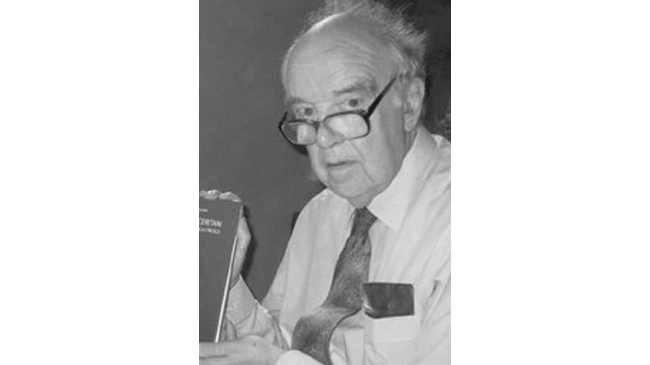
He was a famous Etruscan expert and a had a deep knowledge of the ancient Ischia, a long term collaborator of Georg Buchner, the discoverer of Pithekousai. David Ridgway was born in Athens on 11th of May 1938. After his degree in Classical Literature at the University College of London in 1960, he attended a post-university specialisation course about the European and Mediterranean Archaeology in Oxford.

One of the greatest poets of the XX century, Wystan Hugh Auden was born in York on 21st of February 1907 in a middle-class family. Passionate about literature, he went to Oxford university where he founded a literacy circle and he considerably expanded the horizon of his intellectual interests.
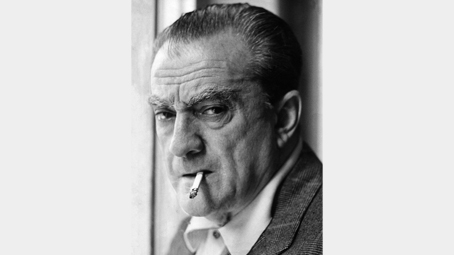
Great and prolific film, theatre and lyrics works director, well-known screenwriter, bearer of a personal and unmistakable style on the large- screen. He became the pioneer of Neorealism. Luchino Visconti di Modrone was born in Milan on 2nd of November 1906.

The author of Breakfast at Tiffany’s and In Cold Blood, Truman Streckfus Persons, among the greatest American writers of the XX century with the nickname of Truman Capote, was born in New Orleans on 30th of September 1924.
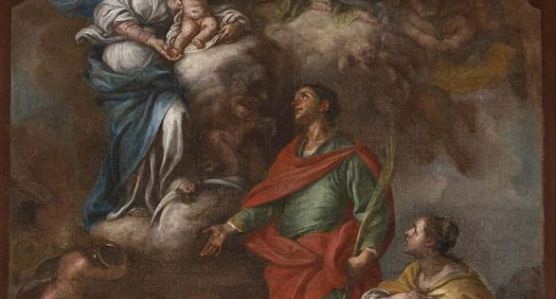
His works are the ideal fil rouge of a tour from a side of the island to another, between churches rich in artistic treasures. He was born in Lacco Ameno on 1st of January 1697 in a wealthy family with different landed properties. Alfonso Di Spigna was Francesco Solimena’s pupil and, as a kid; he spent in Genoa seven decisive years for his education.
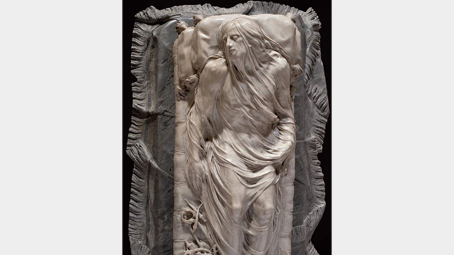
Author of the Veiled Christ, Giuseppe Sanmartino was born in Naples in 1720. He was a student of Matteo Bottiglieri, and since the beginning, he dedicated himself to sculpture. The first new identify him as the author of two statues in the cathedral of Monpoli of 1747.
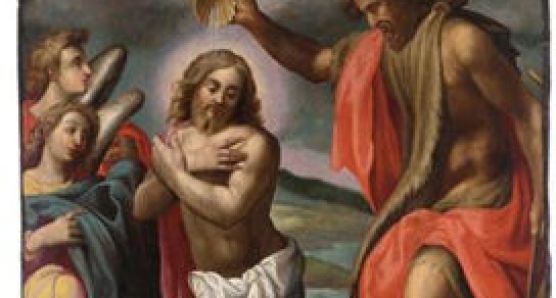
He has been confused for a long time with Cesare Calene of Lecce, due to his Latinised signature “Caesar Calensis” which he usually used. Cesare Calise was actually a painter from Forio of Ischia, where the Calise nickname is widely diffused.

Versatile and prolific author, excellent orchestra leader, Willian Waton was born in a musicians family on 29th of March 1902, in Oldham in England. He was a church chorister and at the age of only ten, he was called in the choir of the cathedral of Oxford University and he started studying autodidact compositions of autodidact and composing the Viola Concerto, very positively approved.
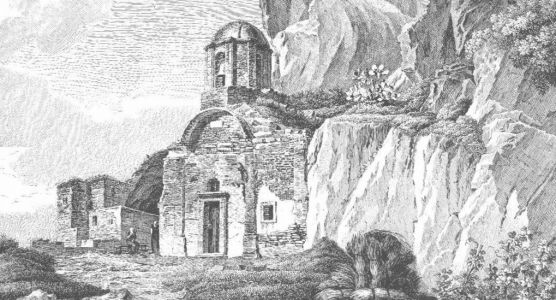
Among all the eremites who over the centuries retreated on the Mount Epomeo, the story of Giuseppe d’Arguth or Nargouth is certainly particular. It started on the Castle, which the Flemish was the governor and the garrison Commanding Captain of until 1754, when he decided to leave his prestigious responsibilities in order to change life and become anchorite on the top of Punta Verde which dominates the island.
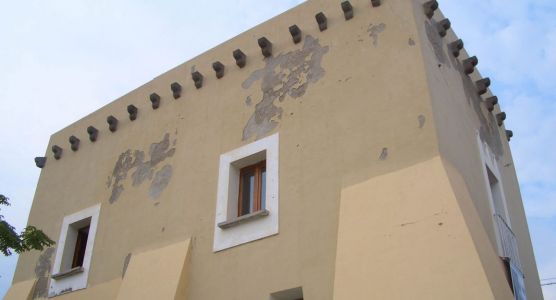
General, viceroy of Palermo. The famous thermal waters, which he benefited from, took him to Ischia. He lived in Testaccio, from where it was difficult to reach the water of Olmitello, useful for his problems. He decided to build a road to connect Testaccio to Maronti beach.
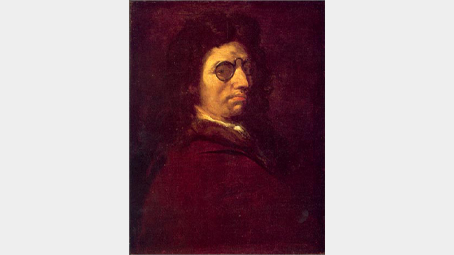
Oltre tremila suoi dipinti presenti in numerosi Paesi, artista instancabile, Luca Giordano nacque a Napoli il 18 ottobre 1634 figlio di un modesto pittore e fin da giovane iniziò a costruirsi una solida formazione tecnica attraverso lo studio dell’opera dei grandi artisti del passato in un contesto, quello della Napoli di metà Seicento, fortemente influenzato dall’eredità artistica di Caravaggio.

L’iniziatore della dinastia angioina, nemico giurato di Svevi e Aragonesi, nacque a Parigi il 21 marzo 1226 dal re di Francia Luigi VIII, che lo lasciò orfano a soli otto mesi, e da Bianca di Castiglia che lo crebbe. Destinato alla carriera ecclesiastica, la morte prematura di due fratelli lo indirizzò alla vita militare e alla conquista del potere.
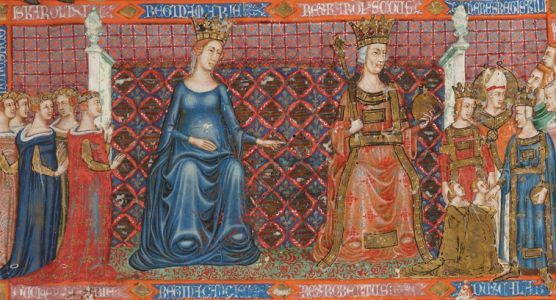
Figlio di Carlo I e di Beatrice di Provenza, nacque nel 1254. Principe di Salerno dal 1266, partecipò dopo i Vespri siciliani alla guerra contro gli Aragonesi. Nel 1284, mentre il padre Carlo I era in Provenza per preparare la grande flotta, finanziata dal papa francese Martino V, che avrebbe dovuto consentire la riconquista della Sicilia, la flotta aragonese dalla Sicilia, sotto il comando dell’ammiraglio Ruggero di
...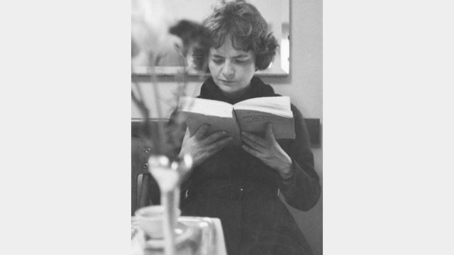
Ormai riconosciuta tra i maggiori scrittori italiani del Novecento, Elsa Morante nacque a Roma il 18 agosto 1912, figlia di una maestra ebrea e di un impiegato, Francesco Lomonaco, padre naturale anche degli altri suoi fratelli, ma riconosciuta come gli altri dal marito della madre Augusto Morante. Fin da piccola cominciò a scrivere favole, filastrocche e brevi racconti, che riuscì a vedere pubblicati sul “Corriere dei piccoli”, su “Il
...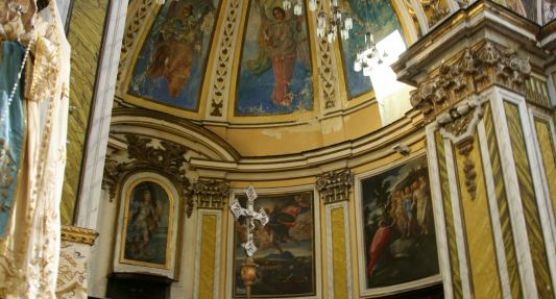
Allievo di Luca Giordano, le notizie biografiche di Nicola Russo sono estremamente scarne. A cominciare dalla data della nascita, di cui si conosce solo l’anno, il 1647. Artista barocco, lavorò in diverse chiese napoletane: dalla chiesa di Sant’Antonio a Tarsia a Santa Maria del Parto a Mergellina; dalla chiesa di Santa Maria di Portosalvo al complesso di Suor Orsola Benincasa, alla cappella di San Francesco da Paola all’interno del Maschio Angioino; dalla chiesa di
...
Tra i primi autori del Romanticismo, Alphonse Marie Louis de Prat de Lamartine nacque a Macon il 21 ottobre 1790 in una famiglia della piccola nobiltà terriera. Studiò dai Gesuiti e già da ragazzino mostrò una grande propensione per la poesia. Invece di intraprendere la carriera militare alla conclusione degli studi, la famiglia nel 1811 gli permise un viaggio in Italia, presso parenti che risiedevano in diverse città tra cui Napoli.
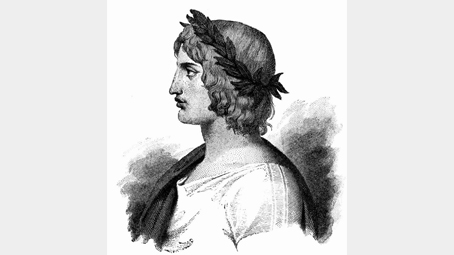
Rome’s greatest poet, the singer of his legendary origins, Publius Vergilius Maro was born near Mantua on the 15th of October 70 b.C., son of a small landowner. Even in his youth, he went to Naples for the first time in order to attend the philosophy school, even before moving to Rome in order to complete the course with the rhetoric studies.
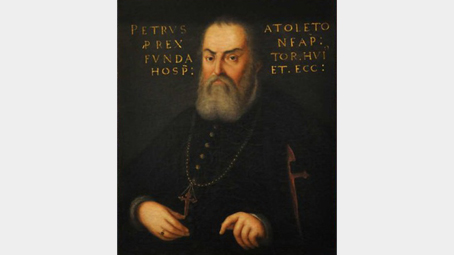
In September 1532, the new viceroy Pedro Alvarez de Toledo arrived in Naples which was still affected by the plague which had killed tens of thousands of deaths. The viceroy immediately launched his ambitious plan of transformation and modernisation of the city which he then extended to Pozzuoli.
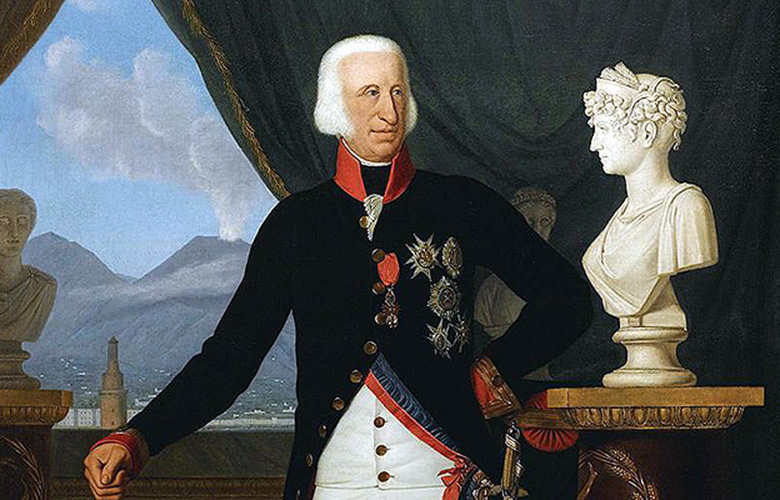
He became the king at the age of only 8, in 1759, when his father Charles Spain, ascended the throne of Spain. Ferdinand was born in the Royal Palace of Naples on the 12th of January 1751. From 1759 to 1767, when reached his majority, the kingdom was ruled by a Regency Council who was receiving instructions from Madrid. The young sovereign was not interested in studying and he didn’t really dedicate himself to education.

Eldest son of the famous Luigi , the author of the Palace of Caserta. He carried out his instruction as an architect and engineer, with two of his brothers, under the paternal guidance in the yard of the Palace and then planning the Caroline Aqueduct. When Carlo was in his early twenties, his father decided continuing to make him work between Naples and Caserta, whereas his other two brothers moved to Spain.
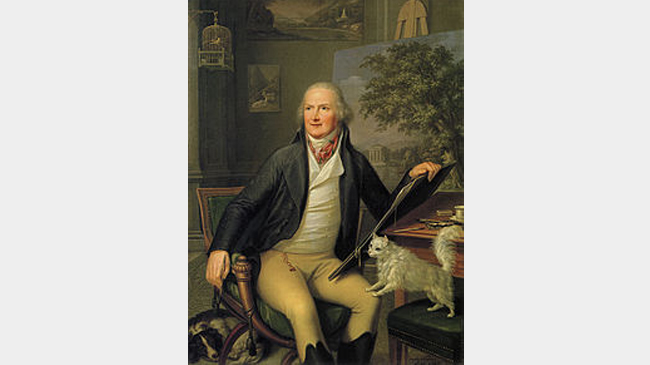
Jakob Phillipp Hackert was Prussian from Prenzlau where he was born on 15th of September 1737. He started painting with his father and then moved to Berlin where, after a period spent at his uncle’s workshop, he attended the Academy of Fine Arts and courses which led him to landscape paintings.
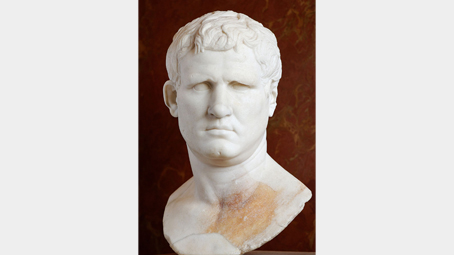
IThe most trusted friend of Octavianus since his early years, partner in many battles, creator of many on land and sea victories – between all of them, the battle of Azio against Antony and Cleopatra – and a safe support for the rise to power of the future princeps, who chose him as his son-in-law, Marcus Vipsanius Agrippa emerged on the battlefields of Spain and Macedonia already under Julius Caesar.

In search of knowledge, Gaius Pliny The Second, better known as Pliny the Elder, from an early age , was interested in studying and analysing the most diverse disciplines with the passion and the curiosity of a researcher. His wealth of knowledge increased and strengthened with the contribution of the military expeditions to which he participated in different areas of the empire under Vespasian, of whom he was a friend, and the numerous trips which lead him to Africa.
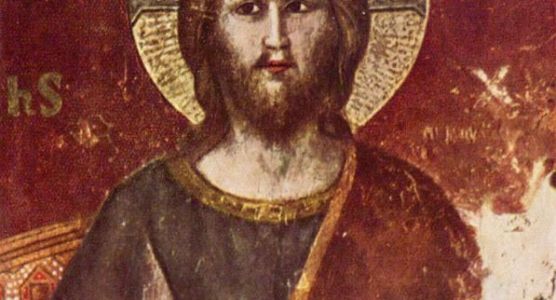
Non è stato facile per i posteri ricostruire la biografia di Pietro Cavallini, uno dei massimi esponenti della Scuola romana del XIII secolo. Il nome Petrus Caballinus de Cerronibus utilizzato nei documenti ufficiali aveva fatto pensare a lungo che si trattasse di un’altra persona e c’è voluto tempo per ricomporre un quadro attendibile delle informazioni disponibili.
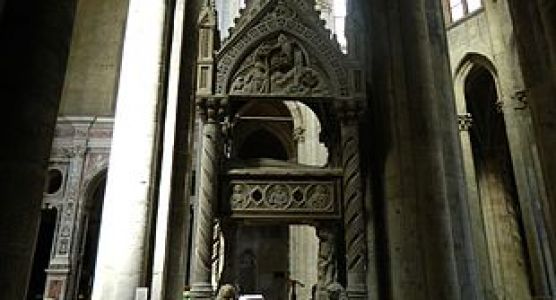
Era di Siena l’insigne scultore e costruttore Tino di Camaino, che vi era nato intorno al 1285, figlio dell’architetto Camaino di Crescentino, ma il suo maestro fu il grande Giovanni Pisano, al cui fianco partecipò alla realizzazione dei rilievi della facciata del Duomo di Siena.
Copyright © 2025 - All rights reserved. Any type of reproduction, even partial, without permission is strictly forbidden.